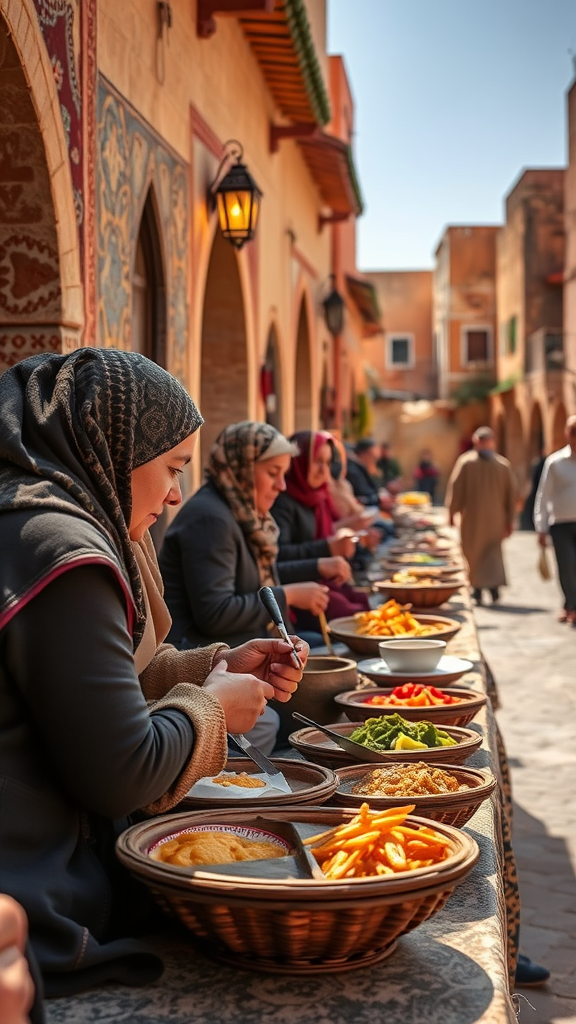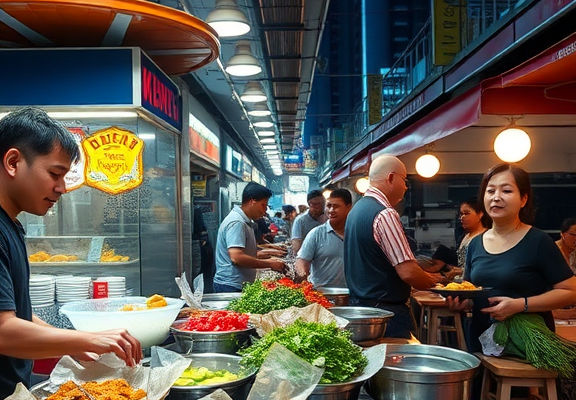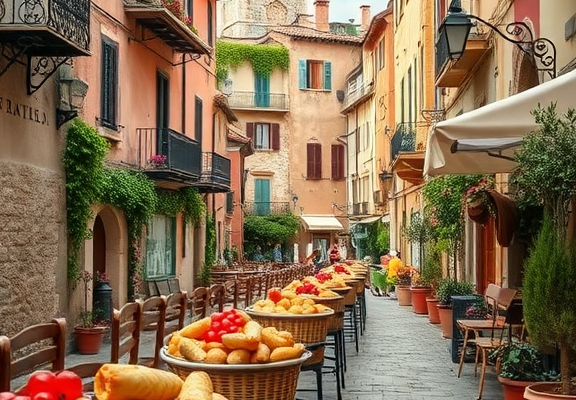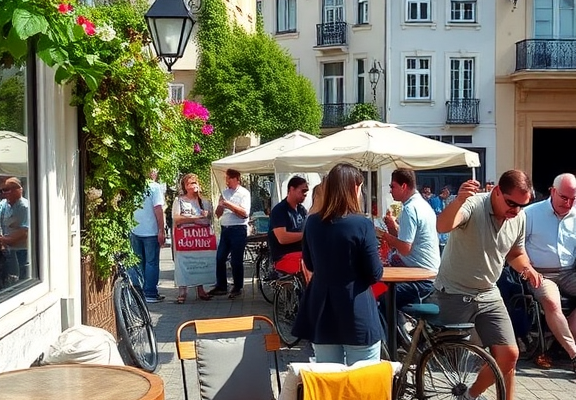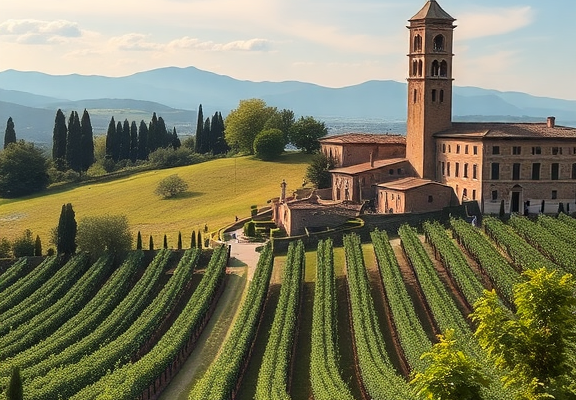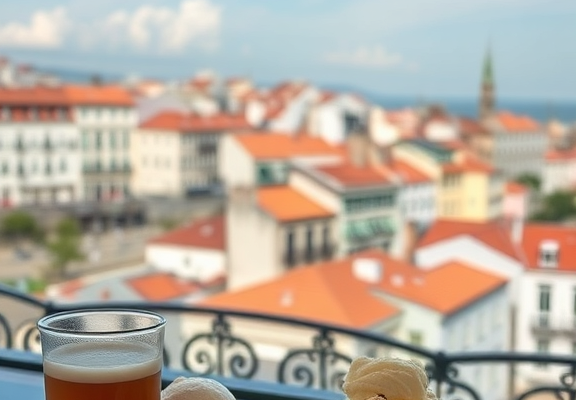Exploring the Richness of Cultural Food Experiences in Morocco
When you think of Morocco, a vibrant tapestry of sights, sounds, and especially flavors comes to mind. The cultural food experiences in Morocco are a genuine reflection of its rich history and diverse heritage. From bustling markets filled with spices to exquisite traditional dishes, savoring Moroccan cuisine is a journey unlike any other.
Thank you for reading this post, don't forget to subscribe!The Essence of Moroccan Cuisine
Moroccan food is all about harmony and balance. The use of spices is key, and you’ll find that meals are often infused with flavors like cumin, coriander, and saffron. The unique blend of these ingredients creates a sensory experience that is both comforting and exciting.
Spices: The Heart of Moroccan Cooking
One of the first things you’ll notice is the aroma wafting through the air. Street vendors and local restaurants thrive on their signature spice blends. Here are some essential spices you must experience:
- Cumin: A staple that adds a warm, earthy flavor.
- Cinnamon: Often used in both savory and sweet dishes.
- Harissa: A fiery chili paste that zings up any meal.
- Ras el Hanout: A complex spice blend that varies by region, offering a unique taste.
Must-Try Traditional Dishes
When it comes to authentic cultural food experiences in Morocco, you can’t leave without tasting the following dishes that tell a story of their own:
Couscous: This is not just a dish; it’s a ritual. Usually served with vegetables and meat, couscous is a main course that brings families together.
Tagine: Named after the earthenware pot in which it’s cooked, tagine can include a variety of ingredients, making each version unique. The slow-cooked stews allow flavors to meld beautifully, whether you choose chicken, lamb, or a vegetarian mix.
Bastilla: A savory pie combining pigeon or chicken with layers of almond paste and dusted with powdered sugar and cinnamon. It’s a dish that delights the palate with its contrasting flavors.
The Magic of Street Food
No visit to Morocco would be complete without diving into its street food scene. As you wander through the lively souks, various vendors will tempt you with their enticing offers, such as:
- Mint Tea: Often regarded as Morocco’s national drink, this sweetened green tea is infused with fresh mint, and sipping it is an art form.
- Brochettes: Skewers of seasoned meat grilled to perfection, they make a quick and savory snack.
- Pastries: From crunchy baklava to sweet maamoul, these are perfect for your sweet tooth.
Dining Experiences to Remember
Experiencing Moroccan food goes beyond just eating; it’s about the ambiance and shared moments. Opt for a traditional restaurant or riad, where meals are often served family-style. This encourages conversation and connection, enhancing your dining experience.
Some restaurants even offer cooking classes, allowing you to learn how to prepare authentic Moroccan dishes yourself. Imagine taking home that knowledge to impress your friends and family back home!
Festivals and Food
Morocco’s food culture is also deeply intertwined with its festivals. Major celebrations, such as Eid al-Fitr and Ramadan, feature special foods that highlight the importance of sharing meals with loved ones. During Ramadan, for instance, breaking the fast often includes delicious dates, harira soup, and sweets that you won’t want to miss.
Wrap-Up Your Food Journey
To fully appreciate cultural food experiences in Morocco, take the time to savor each dish. Allow the colors and aromas to envelop you. Each meal tells a story of tradition and celebration, representing the warmth and hospitality of Moroccan culture. So, the next time you find yourself wandering the streets of Marrakech or Fes, remember that a plate of Moroccan cuisine is not just food; it’s an invitation to share in an age-old tradition.
How Moroccan Cuisine Reflects the Country’s Diverse Heritage
When you think of Morocco, the first things that often come to mind are its vibrant markets, stunning landscapes, and rich history. However, one of the best ways to truly understand the essence of this beautiful country is through its cuisine. Moroccan food is not just about taste; it tells a story—one that reflects Morocco’s diverse heritage. From Berber to Arab influences, the country’s culinary tradition is a delightful tapestry of flavors, colors, and aromas.
Ingredients That Tell a Story
Moroccan cuisine uses a unique blend of spices and ingredients. Each component has its own story, rooted in the cultures that have influenced the nation. Here are some key ingredients:
- Couscous: This staple grain comes from the Berber culture and is often served as a base for a variety of stews or simply with vegetables.
- Spices: You’ll find cumin, coriander, turmeric, and saffron are just a few key spices that play a crucial role in Moroccan dishes.
- Olive Oil: Influenced by Mediterranean traditions, olive oil is essential for cooking and dressing dishes.
- Dried Fruits: Apricots, figs, and dates are common, offering a sweet contrast to savory meals.
- Mint: Known for making refreshing mint tea, which is more than just a drink; it’s a symbol of hospitality.
Originally Berber: The Roots of Moroccan Cuisine
The Berber people, the indigenous inhabitants of Morocco, play a significant role in shaping its culinary landscape. Traditional dishes such as tagine and couscous are beloved not only in Morocco but around the world. Tagine, a slow-cooked stew named after the earthenware pot in which it is prepared, often mixes meat like chicken or lamb with seasonal vegetables and spices. This method of cooking ensures rich flavors and tender meat, commonly enjoyed by families gathering around the table.
Arab Influences That Enrich the Palette
After the Arab conquest in the 7th century, the cuisine evolved further. The introduction of new ingredients, methods, and spices enhanced traditional recipes. Dishes such as b’stilla (a savory pie made with pigeon or chicken, nuts, and spices, all wrapped in thin pastry) showcase the blend of sweet and savory that defines much of Moroccan food. The love for grilled meats, kebabs, and seafood is also a testament to this Arabic influence.
The Mediterranean Touch
Morocco’s access to the Mediterranean Sea has brought seafood into its culinary mix. Dishes like grilled sardines and spicy seafood stews showcase this coastal abundance. fresh herbs and spices from both the sea and land, Moroccan coastal cuisine highlights a lighter palette while still celebrating rich tastes.
Flavorful Desserts
Don’t forget about dessert when exploring Moroccan food! Sweets often involve elements like honey, nuts, and the ever-popular orange blossom water. Pastilla, while savory, can also be tailored to make sweet versions filled with almonds and sugar, illustrating the contrast of flavors that characterize Moroccan cuisine. These treats are not just desserts; they are an experience, often consumed during special occasions and gatherings.
A Communal Dining Experience
Dining in Morocco is about more than just food; it’s a time for family and friends to come together. Meals are often served on large platters, encouraging sharing and conversation. This custom reflects the generous spirit of Moroccan culture. You’ll need to prepare to eat with your hands, traditionally using bread to scoop up your food. This tactile experience enhances the meal and creates closer connections among diners.
The Role of Hospitality
When visiting Morocco, you will quickly discover that hospitality is a significant aspect of the culture. Guests are treated with utmost respect; offering traditional mint tea is a common custom to welcome visitors. This tea not only refreshes but also represents friendship and gratitude. Sharing a meal or even a cup of tea strengthens bonds and fosters a sense of community.
Moroccan cuisine beautifully mirrors the diversity of its people. With influences from Berber, Arab, Mediterranean, and even sub-Saharan cultures, every dish carries a part of its history. It’s not merely about the enjoyment of food, but about embracing a rich tradition that transcends generations. So next time you indulge in a Moroccan dish, remember, you’re not just enjoying a meal; you’re partaking in a cultural experience that connects you to a vibrant heritage.
Conclusion
Experiencing the cultural food landscape in Morocco is like embarking on a journey through its rich history and diverse influences. Each dish tells a story, from the fragrant tagines simmering in traditional clay pots to the sweet and savory pastries that grace festive tables. The culinary scene in Morocco not only tantalizes the taste buds but also serves as a vibrant reflection of its unique cultural tapestry, shaped by Berber, Arab, and Mediterranean heritages.
Diners in Morocco are often drawn into a sensory adventure, surrounded by bustling markets, colorful spice stalls, and the aromatic scents wafting from street vendors. It’s this interaction with food that brings communities together, highlighting the importance of sharing meals as a cornerstone of Moroccan hospitality. As you savor a warm bowl of harira or indulge in melt-in-your-mouth pastilla, you’re not just enjoying a meal; you’re partaking in a time-honored tradition that has been passed down through generations.
Each bite offers an opportunity to connect with the heart and soul of Morocco. This culinary heritage encourages exploration and appreciation of local ingredients, unique cooking methods, and the cultural significance behind each dish. Whether visiting a bustling souk or enjoying a meal in a family home, the cultural food experiences in Morocco provide a deeper understanding of what makes this country so special.
As your palate ventures through the aromatic spices and flavors of Morocco, remember that these culinary delights carry centuries of history, inviting you to embrace the rich cultural narrative that defines this enchanting land. Engage fully with these experiences, and you’ll leave with more than just a full belly; you’ll have a greater appreciation for Morocco’s diverse heritage.

